Plants bring life to any garden or home, but it’s a sad fact that some plants just don’t get along. In fact, planting certain species too close to each other can actually harm their growth or attract unwanted pests. So, if you’re a passionate gardener or just starting out, this guide will help you avoid these common pairings, ensuring your plants stay healthy and happy.
Tomatoes and Potatoes
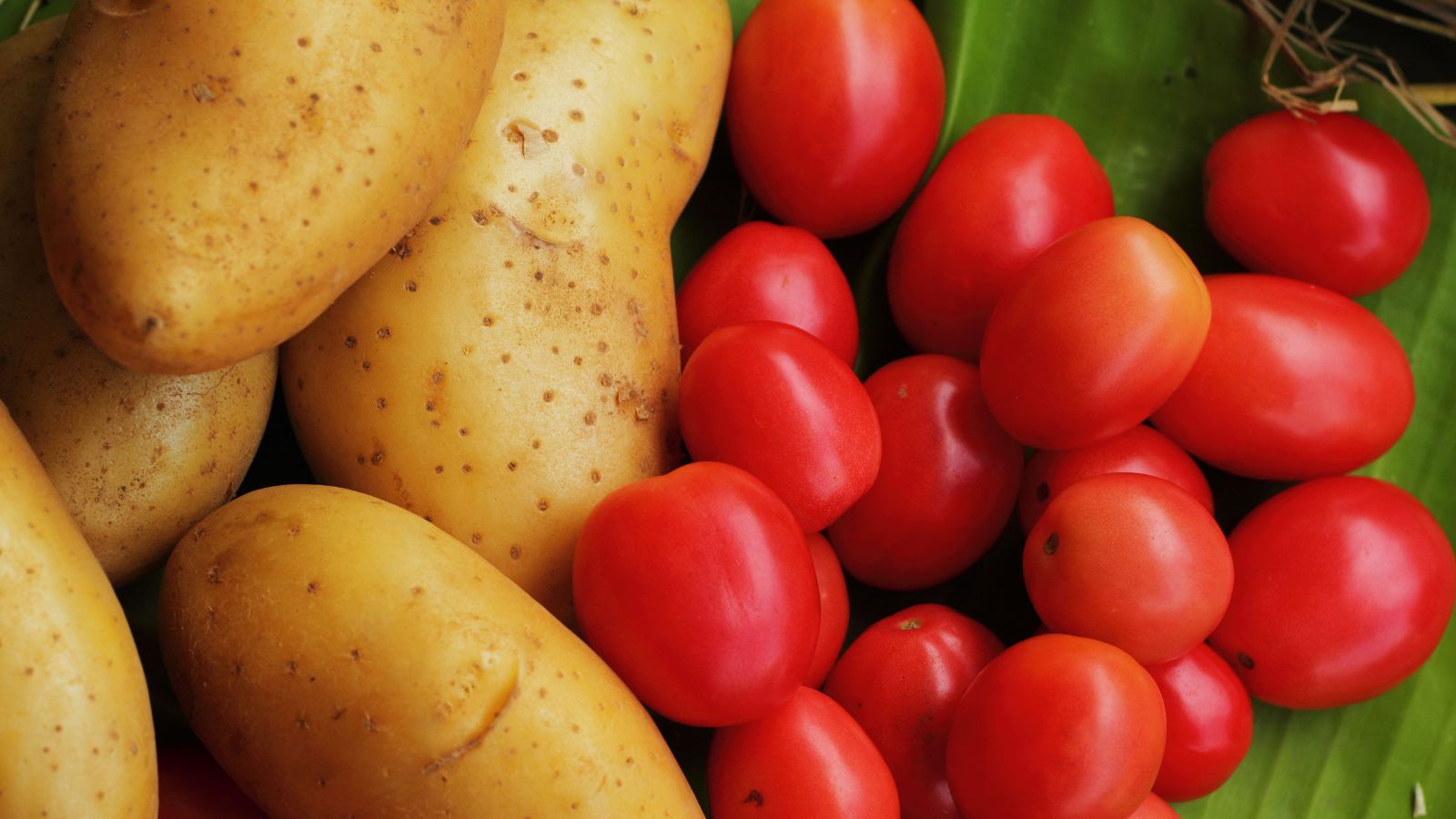
Both tomatoes and potatoes are susceptible to the same diseases, particularly blight, which can spread easily between the two. Therefore, growing them together increases the risk of cross-contamination, potentially harming both crops. If one plant becomes infected, it won’t take long for the disease to jump to the other, damaging your harvest.
Carrots and Dill
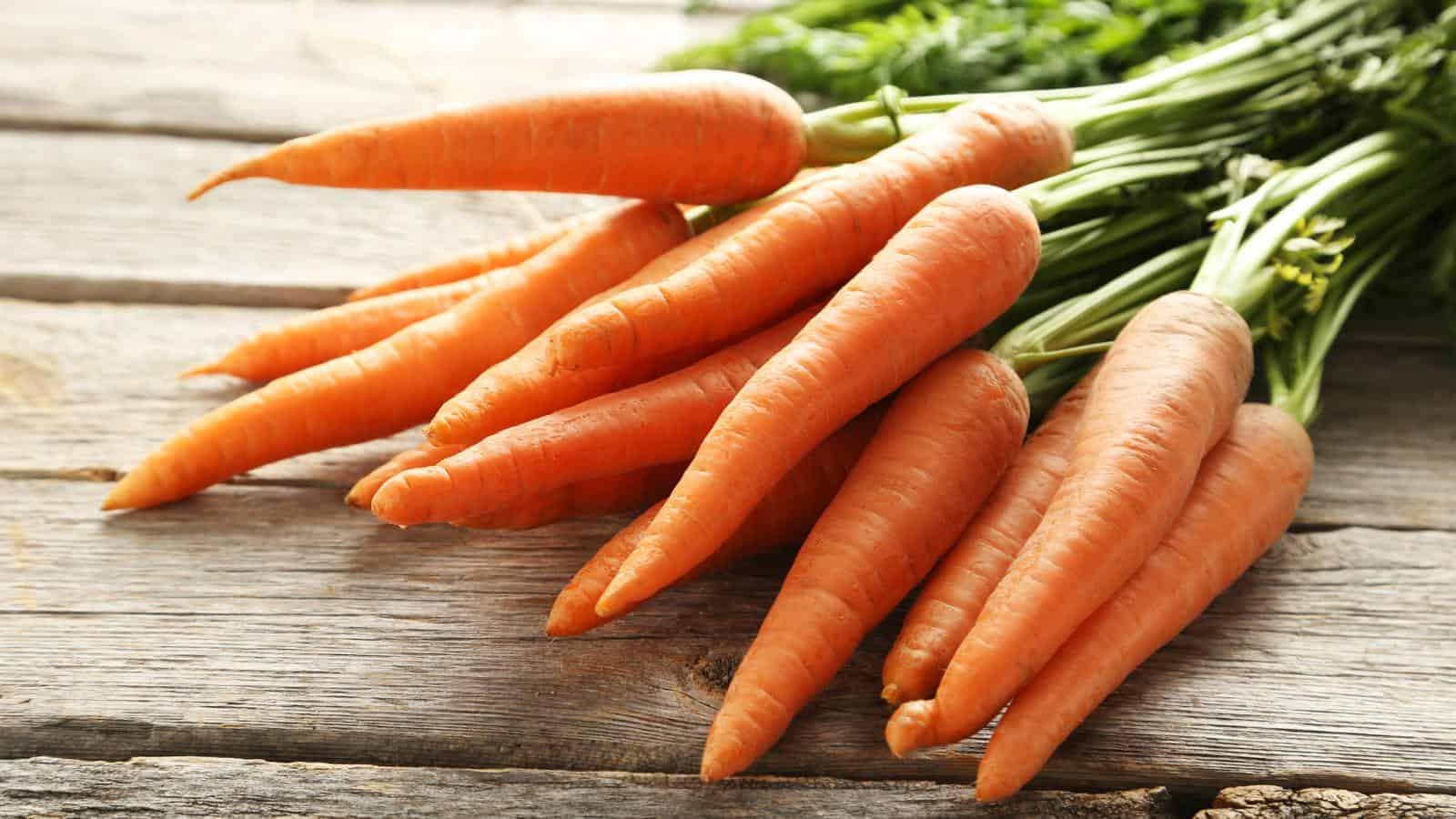
While young dill can actually benefit carrots by repelling pests, mature dill releases chemicals that inhibit carrot growth. Unfortunately, this makes it risky to keep them side by side, so if you want to take advantage of dill’s pest-repelling qualities, ensure that you separate them once the dill starts to mature to protect your carrots.
Cucumbers and Sage
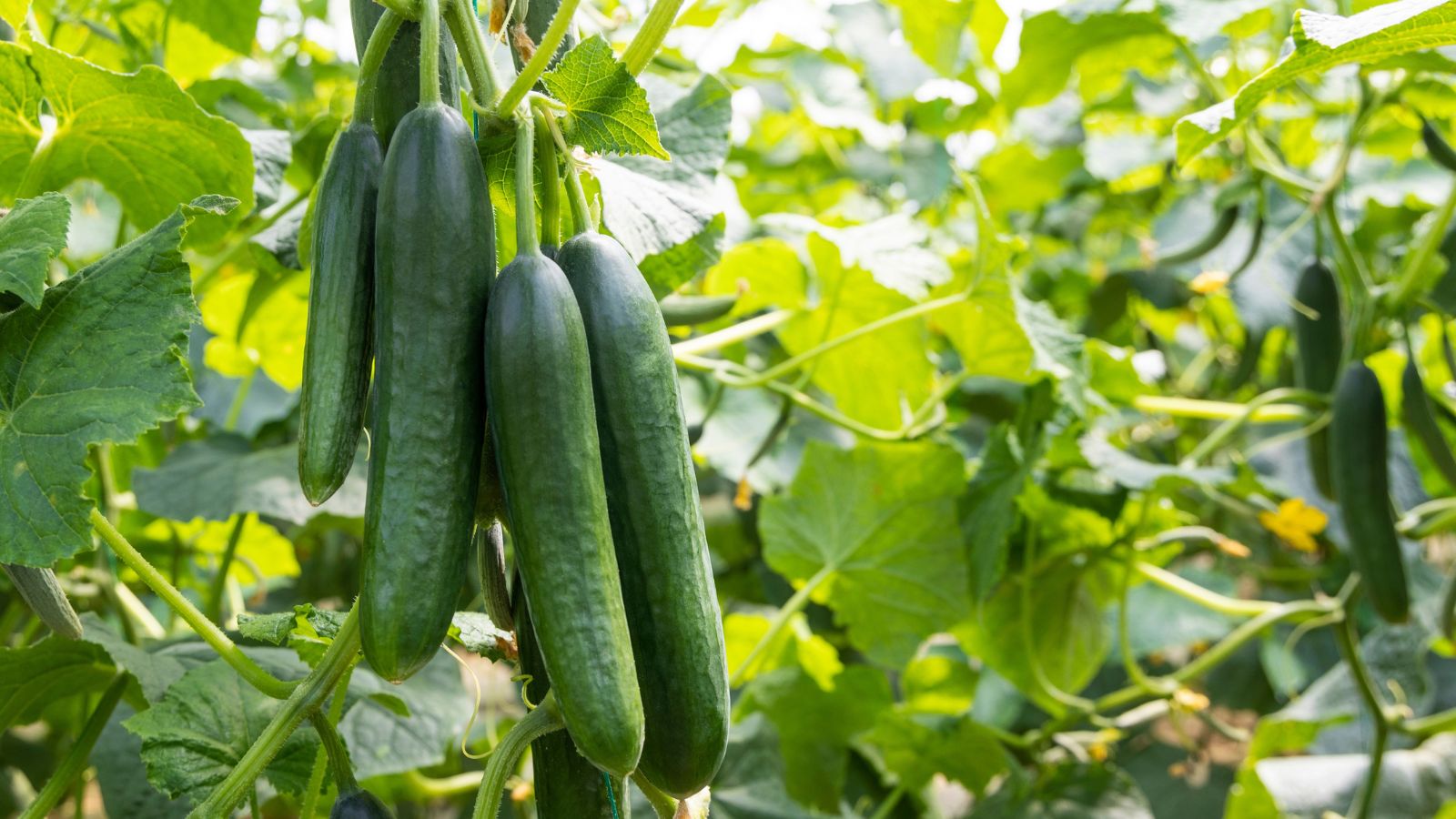
Two more plants that you should never grow together are sage doesn’t and cucumbers. The reason for this is that safe prefers drier soil, while cucumbers thrive in more water-rich environments. As a result, growing these two together can cause issues due to their different water needs, leaving one or both plants struggling.
Beans and Garlic
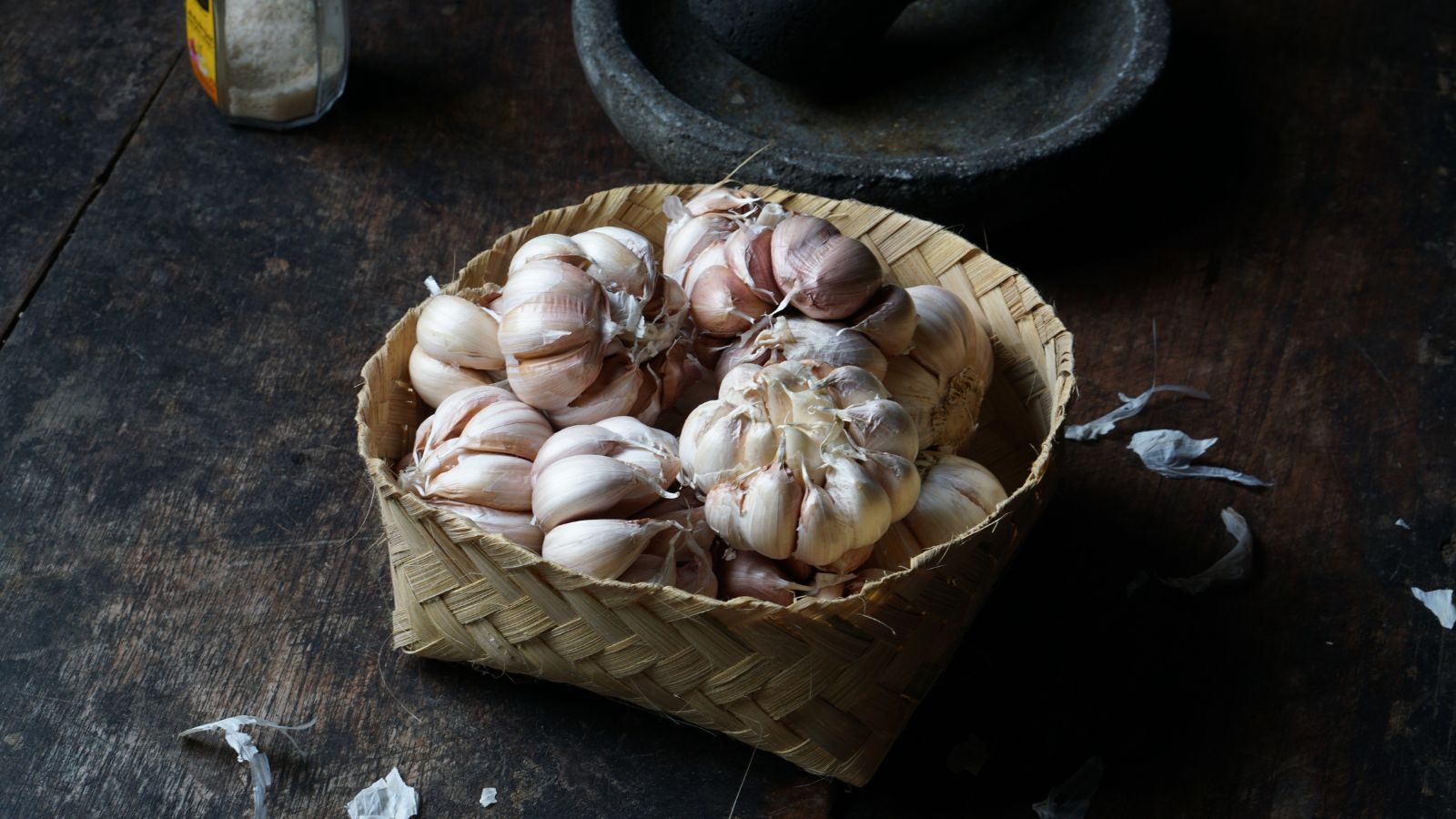
It’s important to remember that garlic releases sulfur compounds that can inhibit the growth of beans, making them poor companions in the garden. Beans require nutrient-rich soil to thrive, and garlic’s sulfur slows down their growth, so keeping these plants apart is essential to ensure that both crops develop successfully.
Onions and Peas
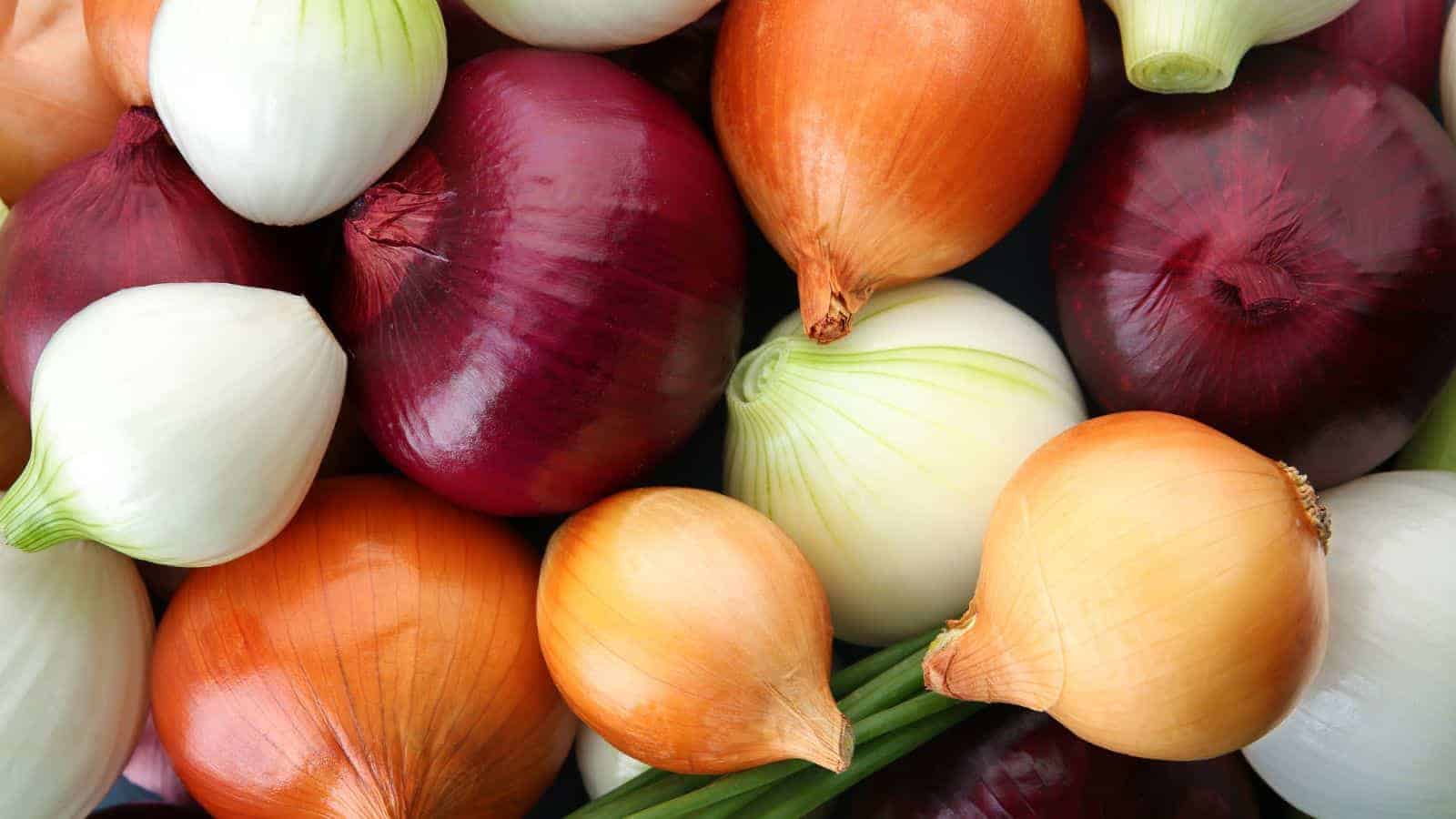
Onions, along with other members of the allium family, like garlic, can stunt the growth of peas. Why? Well, it’s because of the allelopathy effect, where onions release chemicals that inhibit the growth of peas and other nearby plants. So, keeping onions and peas far apart is a wise move for a healthier garden.
Cabbage and Strawberries
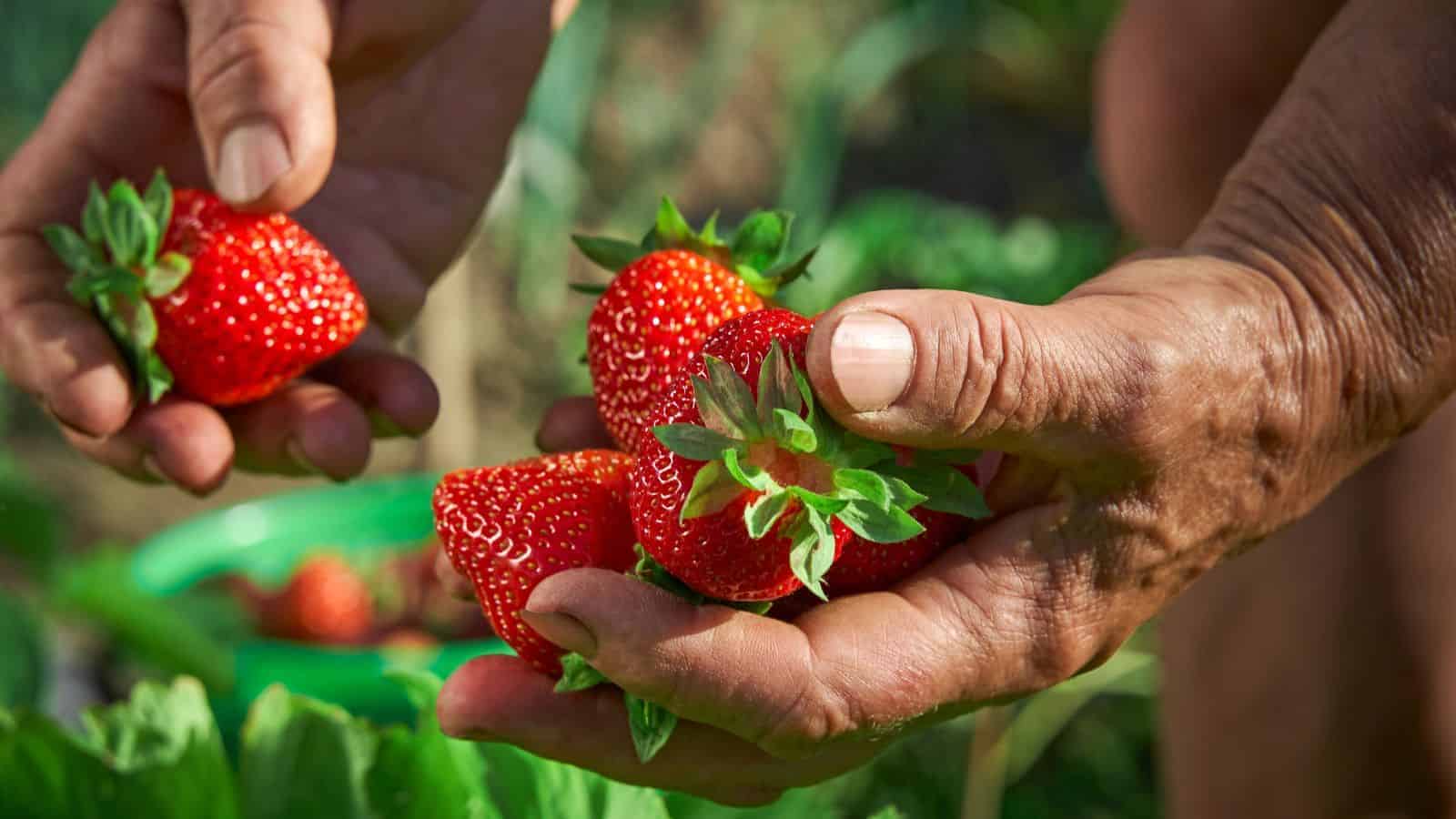
The compounds that cabbage releases into the soil can negatively affect the growth of strawberries, meaning that these two plants do not make good neighbors in the garden. You’ll only end up with stunted strawberry plants, so it’s really not worth the risk.
Radishes and Hyssop
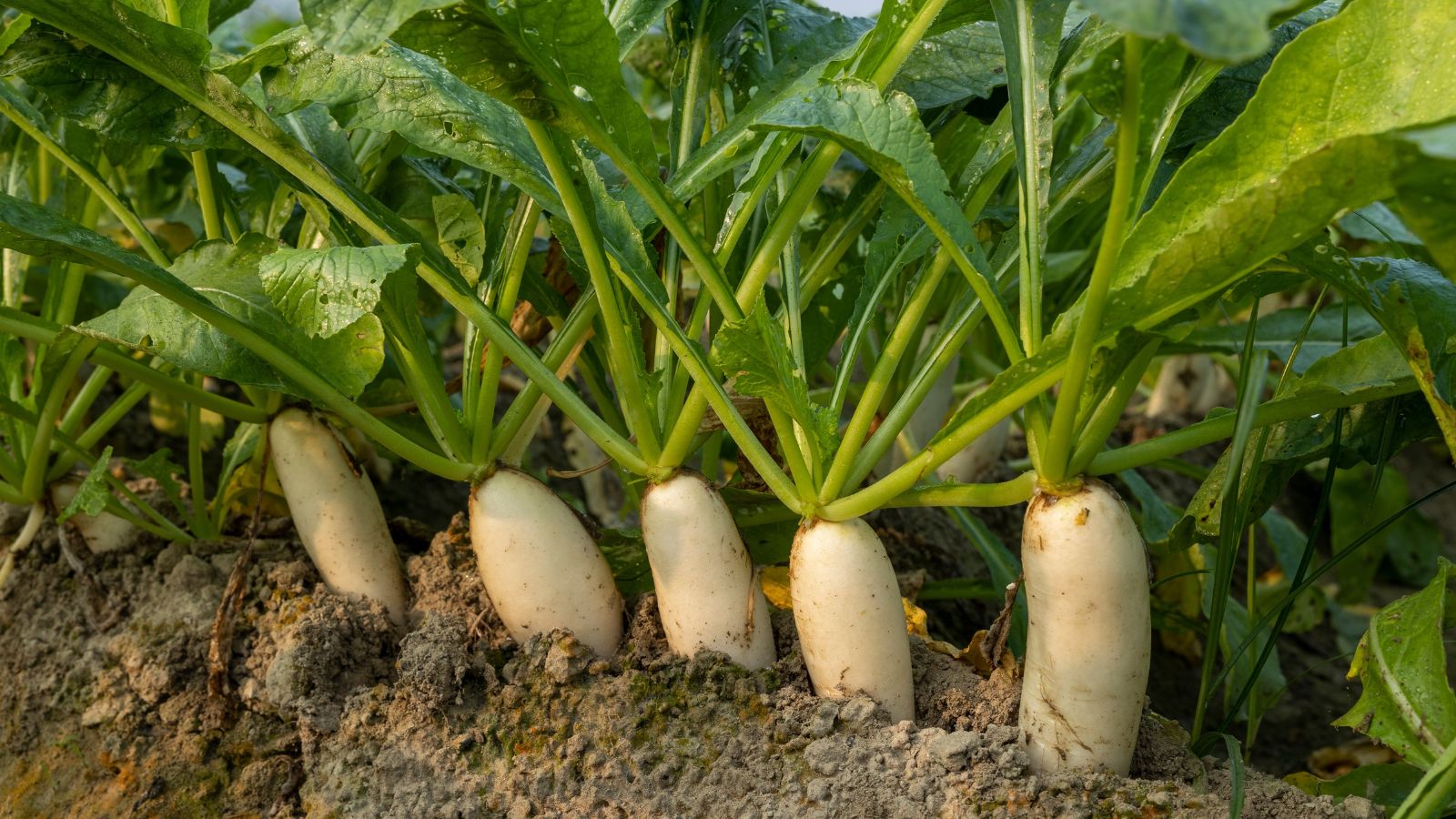
While some gardeners claim that hyssop can inhibit the growth of certain plants, there isn’t strong evidence that radishes are specifically affected. That said, hyssop and radishes do have different growth needs, so planting them apart is usually recommended to avoid any potential conflicts.
Fennel and Most Other Vegetables
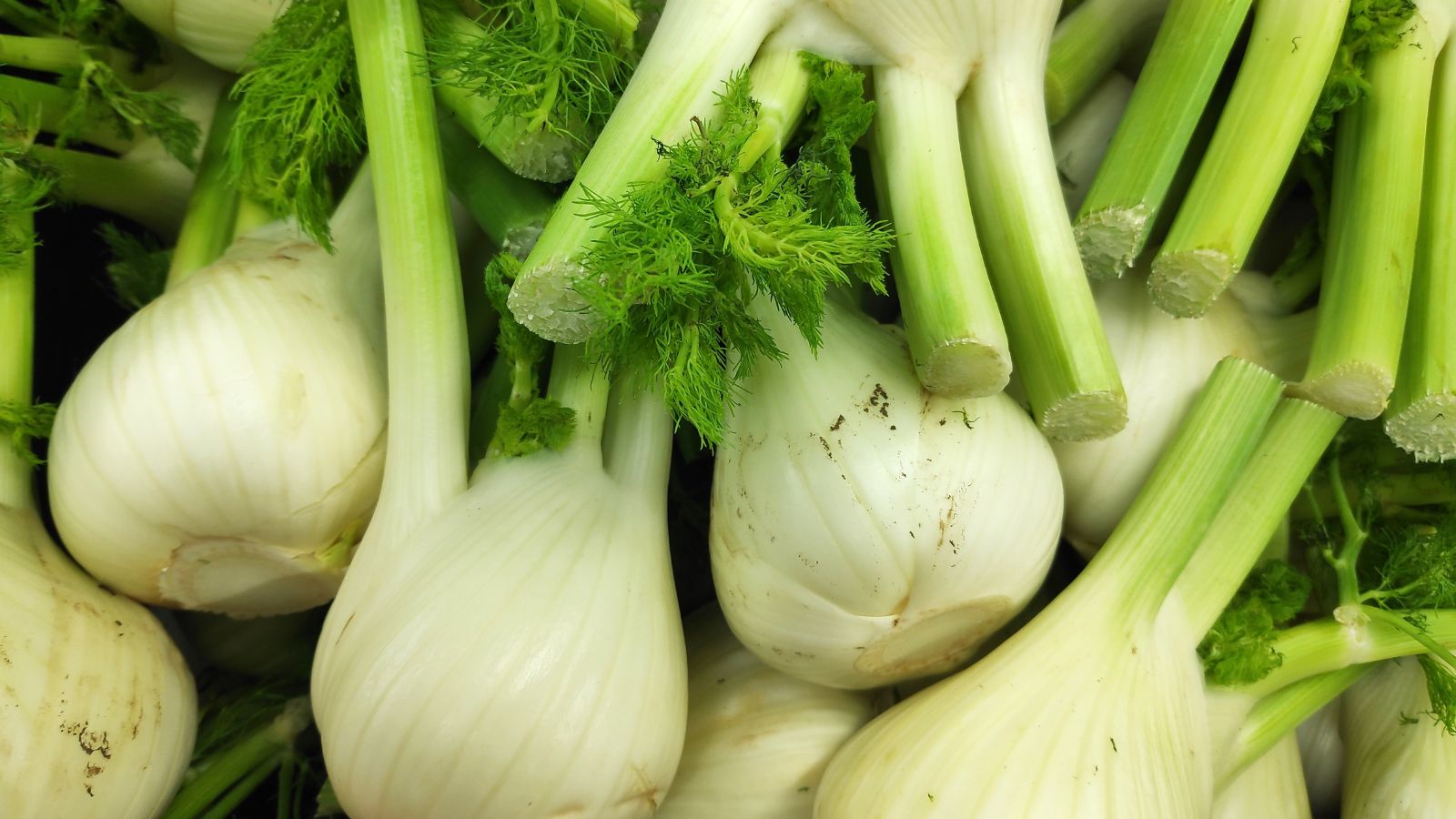
Many gardeners don’t realize that fennel is allelopathic, causing it to release chemicals that inhibit the growth of many nearby plants. It’s a tricky plant to grow alongside most vegetables, as it can stunt their development. To prevent this, it’s best to plant fennel far away from your main vegetable crops.
Corn and Tomatoes
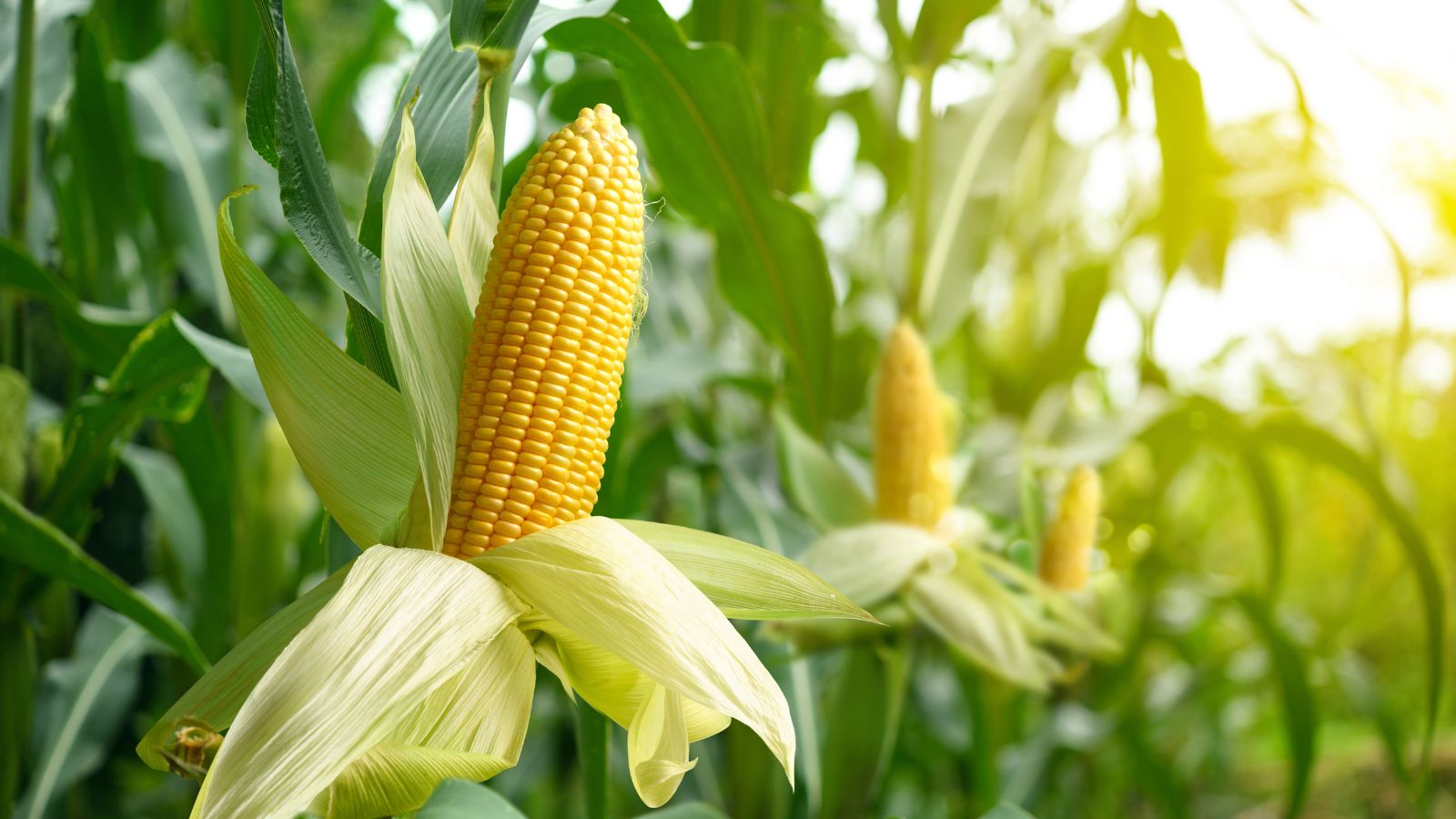
Both corn and tomatoes are heavy feeders, causing them to compete for the same nutrients in the soil. Frustratingly, this competition can lead to reduced growth for both plants. Additionally, they are both prone to pests like corn earworms, which can easily spread between the two crops if they are grown too close together.
Mint and Everything Else
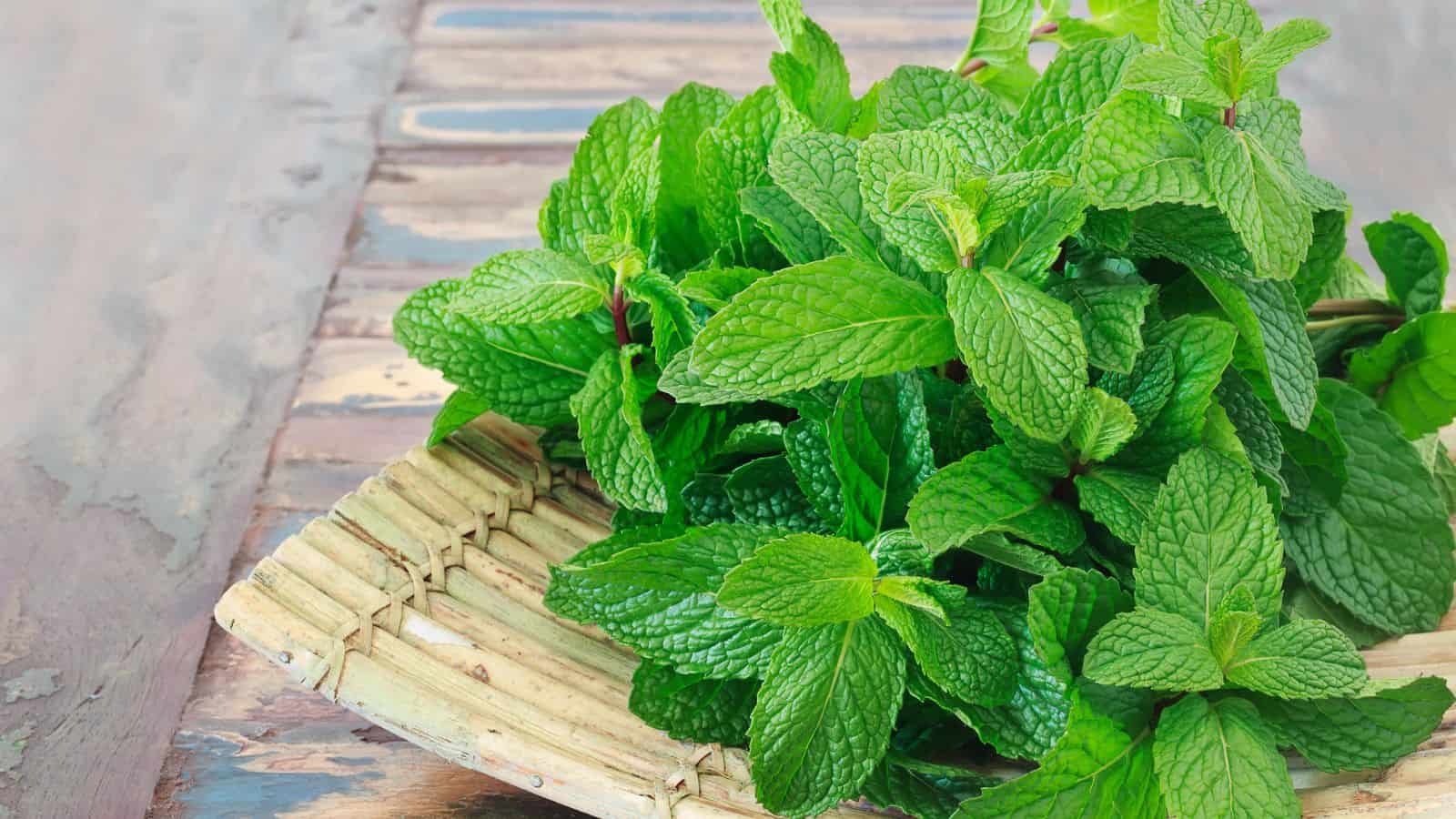
Mint is a highly invasive plant, spreading rapidly through its aggressive root system. If grown near other plants, it can easily take over, crowding out nearby crops. To avoid this, it’s best to plant mint in a pot or a contained space where it can’t interfere with the growth of other plants in your garden.
Broccoli and Peppers
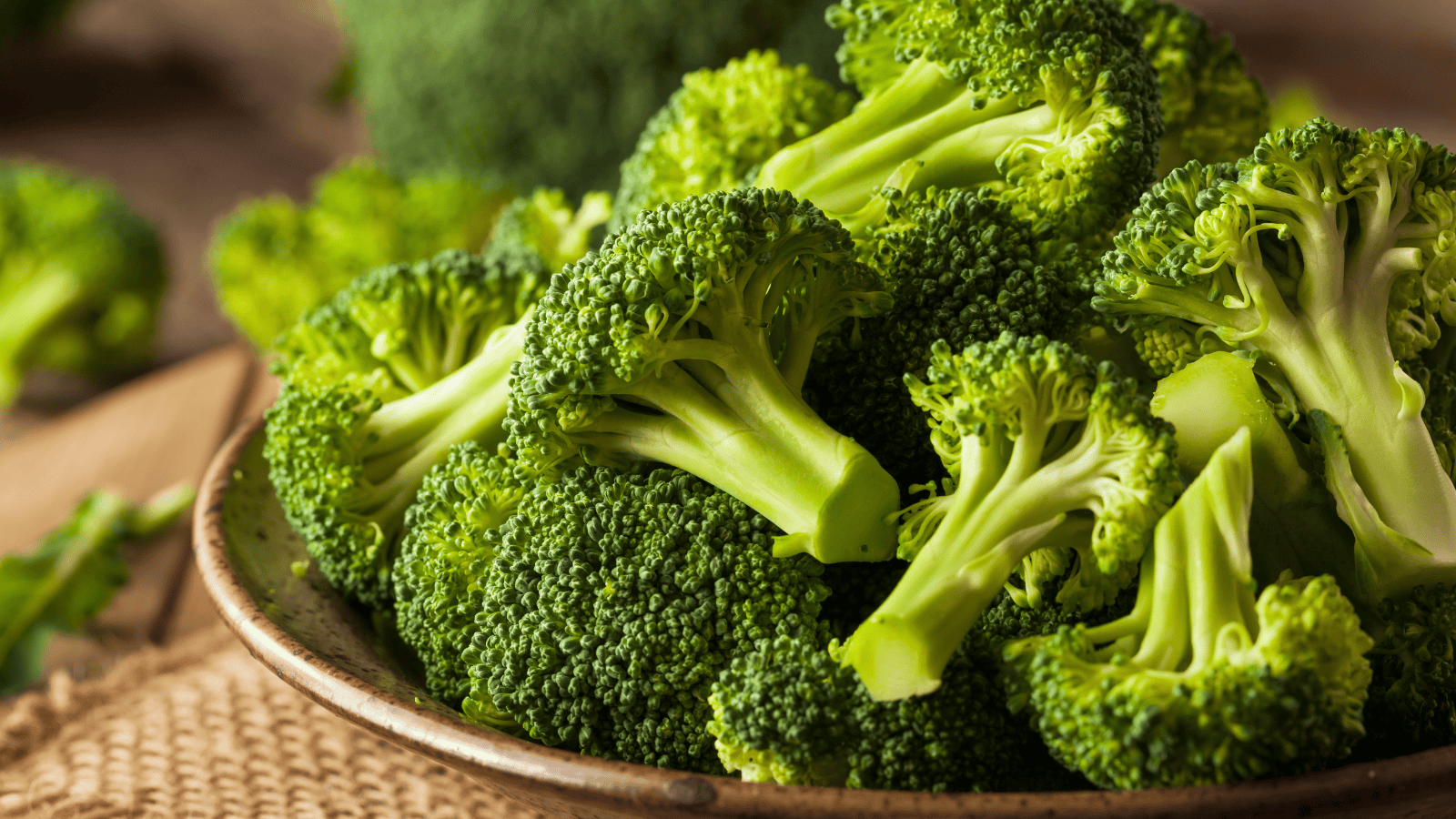
Did you know that broccoli releases chemicals that can inhibit the growth of other plants? It’s pretty annoying, and peppers are particularly sensitive to this interference. In fact, planting broccoli too close to peppers can result in smaller, less productive pepper plants, so for the best results, give these two plants plenty of space in your garden.
Pumpkins and Potatoes
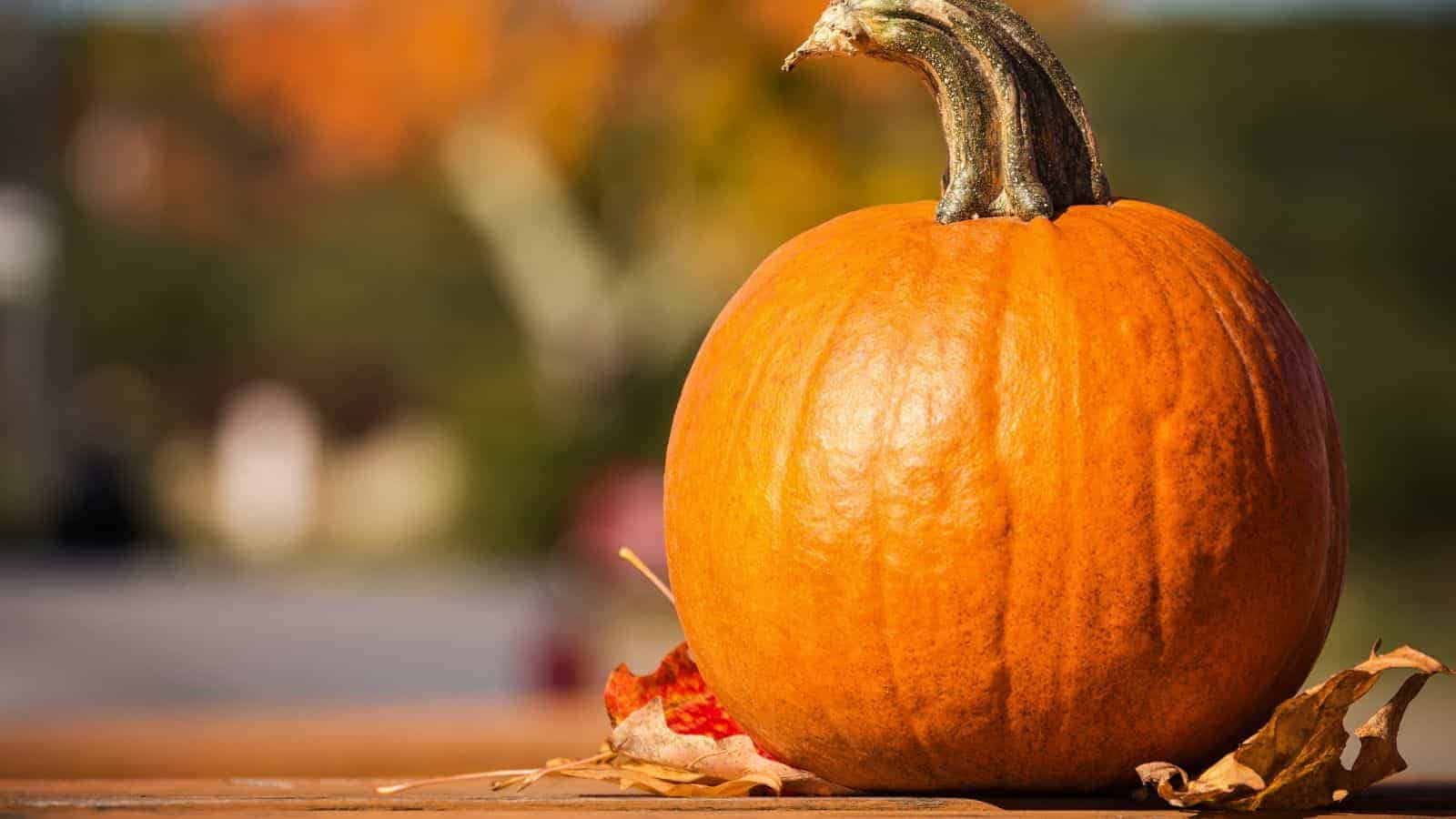
You shouldn’t plant pumpkins and potatoes together, as they’re both heavy feeders, requiring a lot of nutrients to grow well. When planted together, they can compete for these nutrients, leading to poor growth in both plants. Additionally, the sprawling pumpkin vines can overshadow potato plants, further limiting their development.
Sunflowers and Potatoes
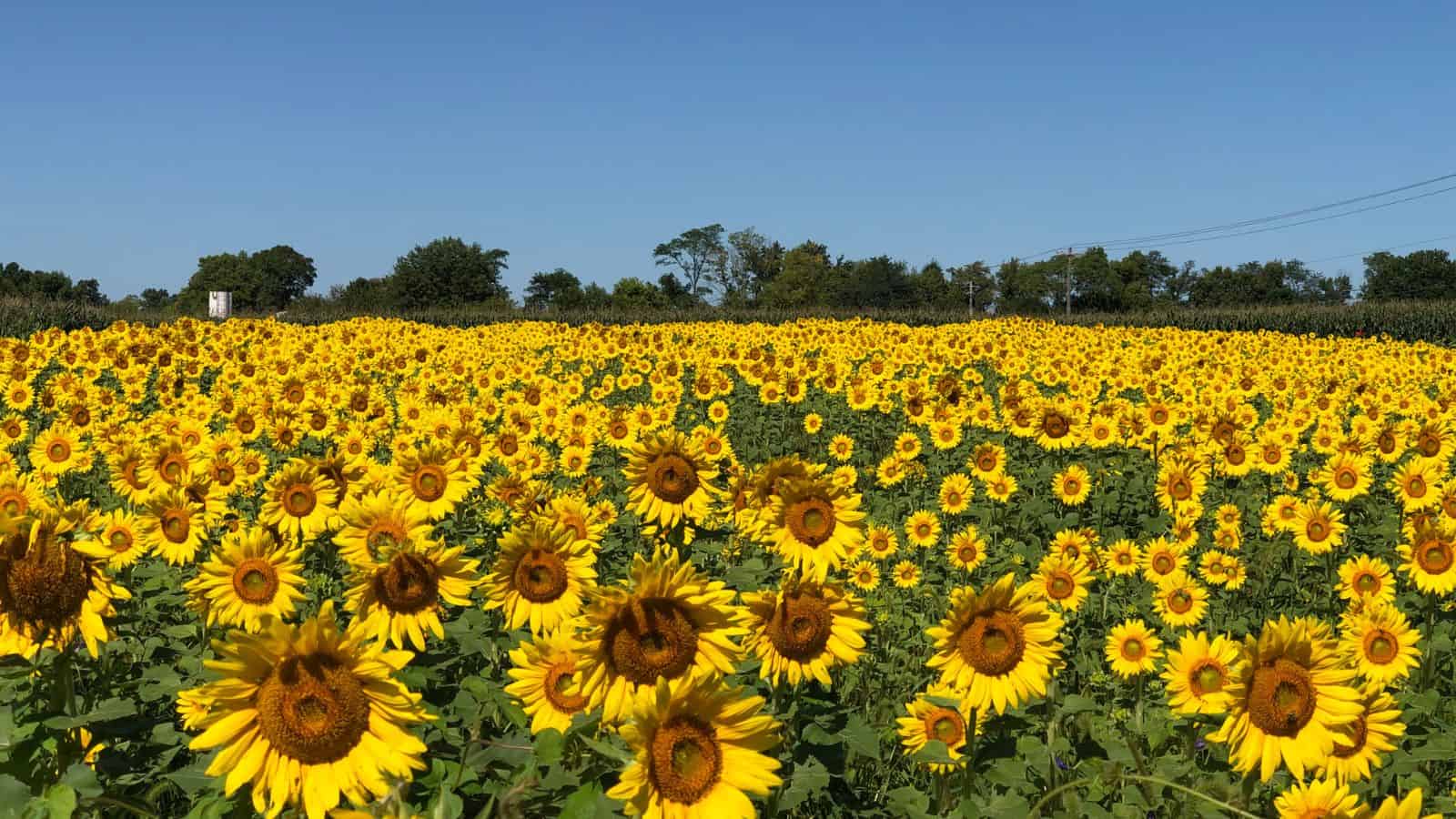
Just like onions and fennel, sunflowers can release allelopathic chemicals that inhibit the growth of potatoes. Furthermore, their tall stalks block sunlight from reaching potato plants, making it difficult for them to thrive, but this can easily be avoided by simply planting your sunflowers in a separate area where they won’t interfere with your potatoes.
Spinach and Strawberries
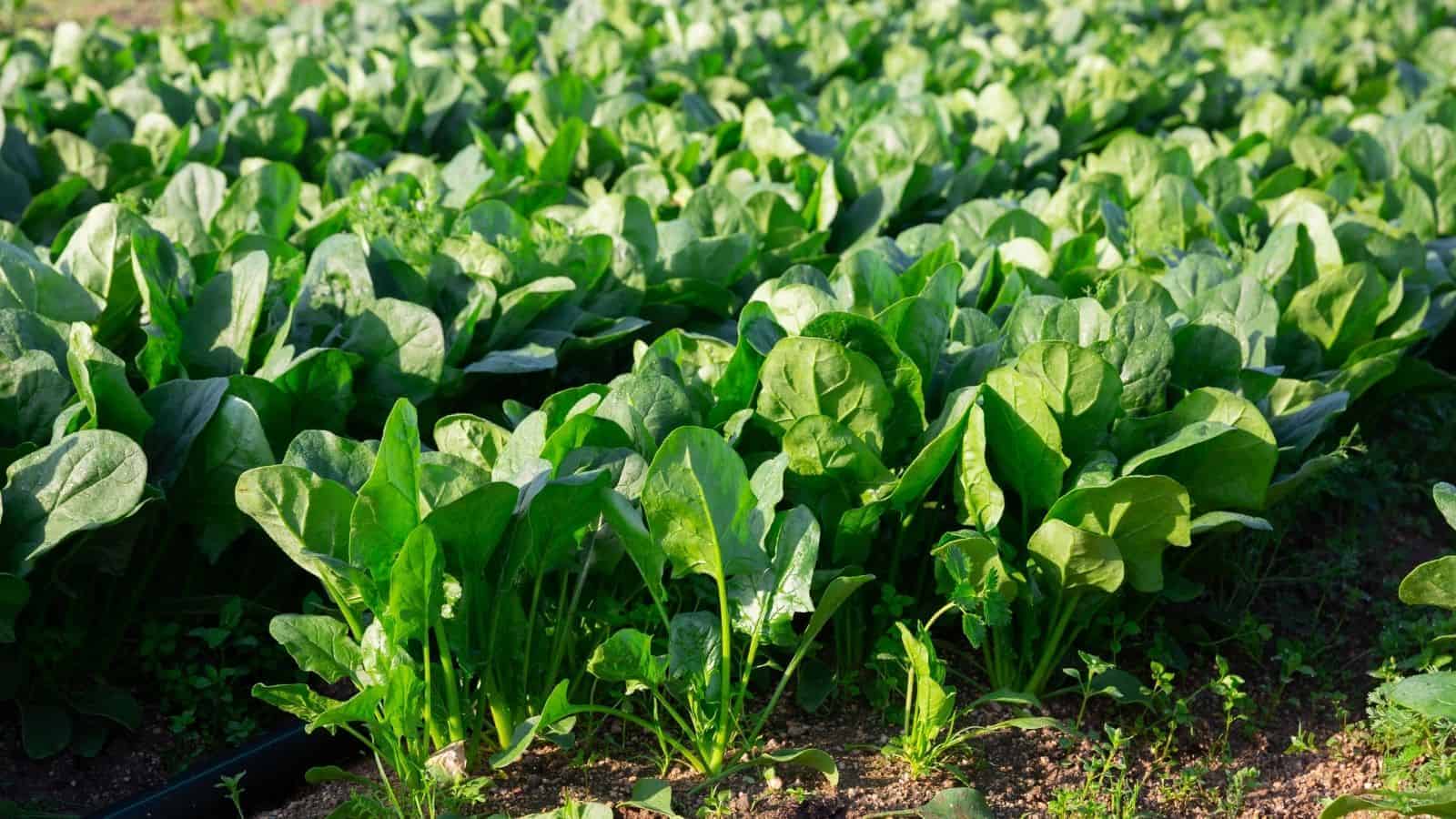
Even though spinach is a fast-growing plant, it doesn’t significantly inherently interfere with strawberries. Both plants can coexist with proper spacing, but they do have different growing seasons, which can cause some problems when it comes to size. Therefore, if you do want to grow them together, ensure there’s enough room for each plant to develop without competing for space or nutrients. We wouldn’t recommend it, though.
Zucchini and Potatoes
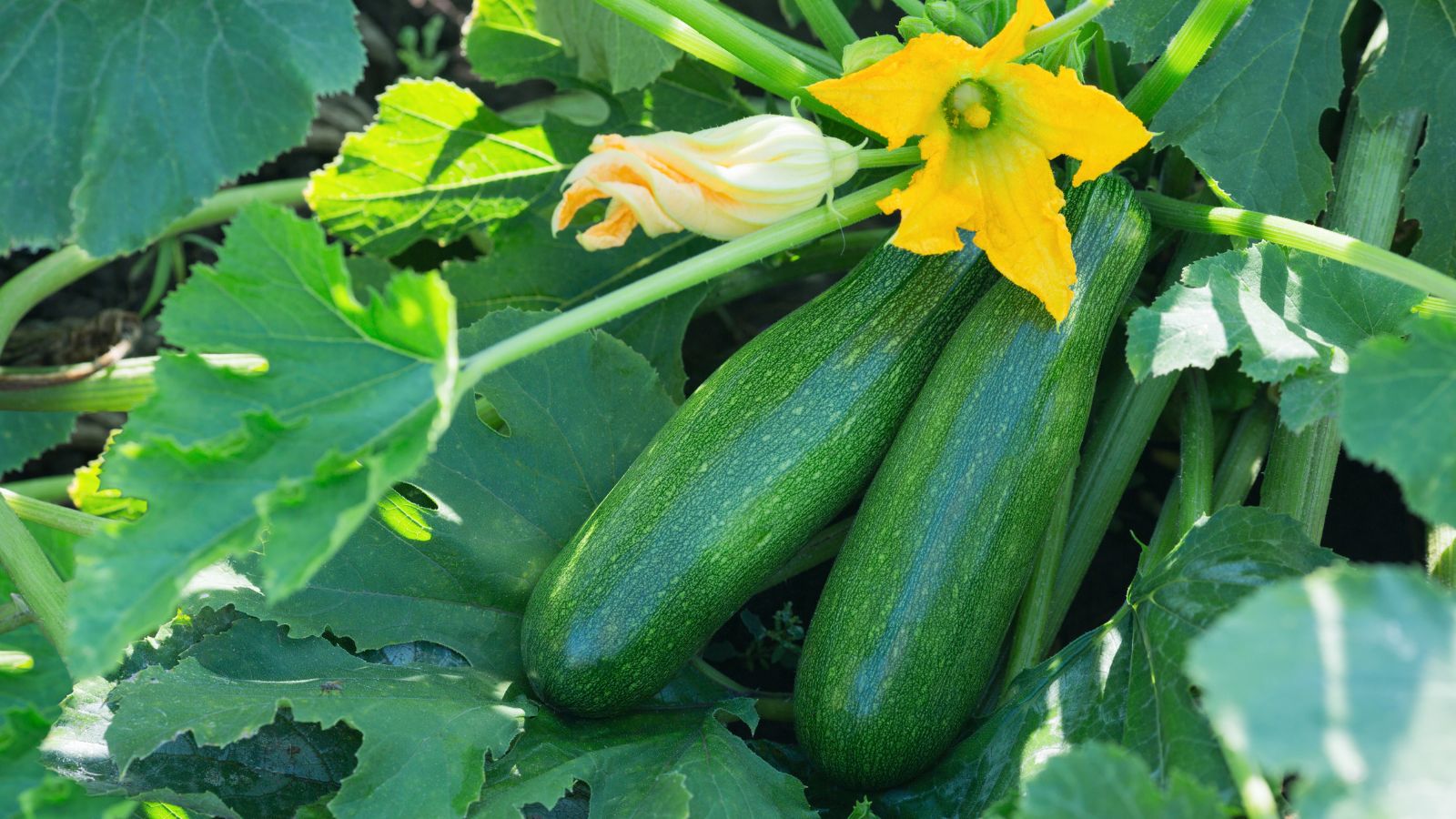
As with many plants on this list, both zucchini and potatoes are heavy feeders, competing vigorously for nutrients in the soil. Sadly, this competition can result in smaller zucchini and less productive potato plants, so it would be wiser to plant them apart to avoid overcrowding in your garden beds and ensure both plants get the nutrients they need.
Peppers and Beans
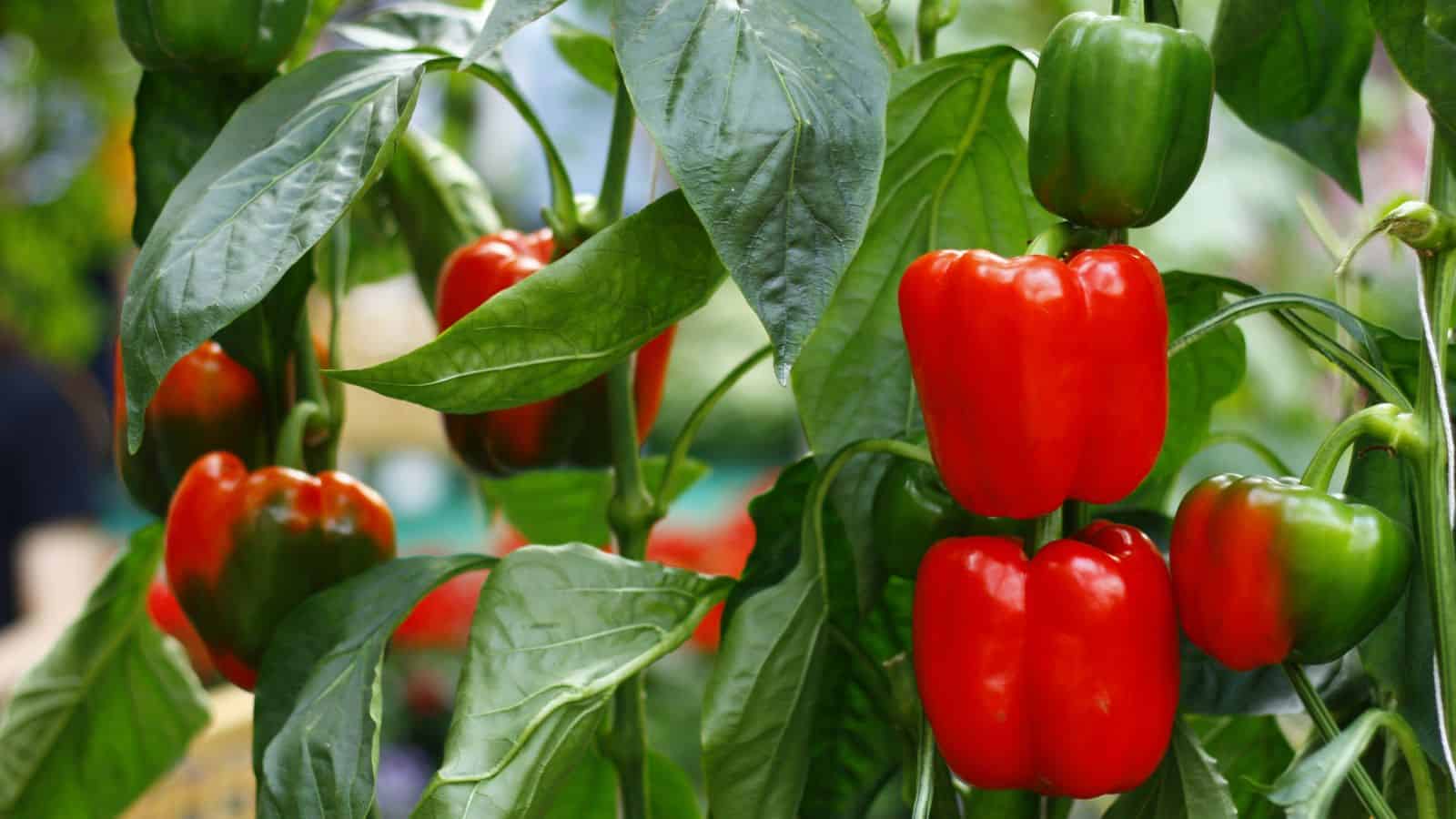
While beans can grow quickly and potentially crowd out peppers, this largely depends on the varieties and the spacing you use. In some cases, they can coexist peacefully with enough room. To be safe, if you’re worried about competition, planting them apart is the best option to avoid stunted pepper plants.
Lettuce and Parsley
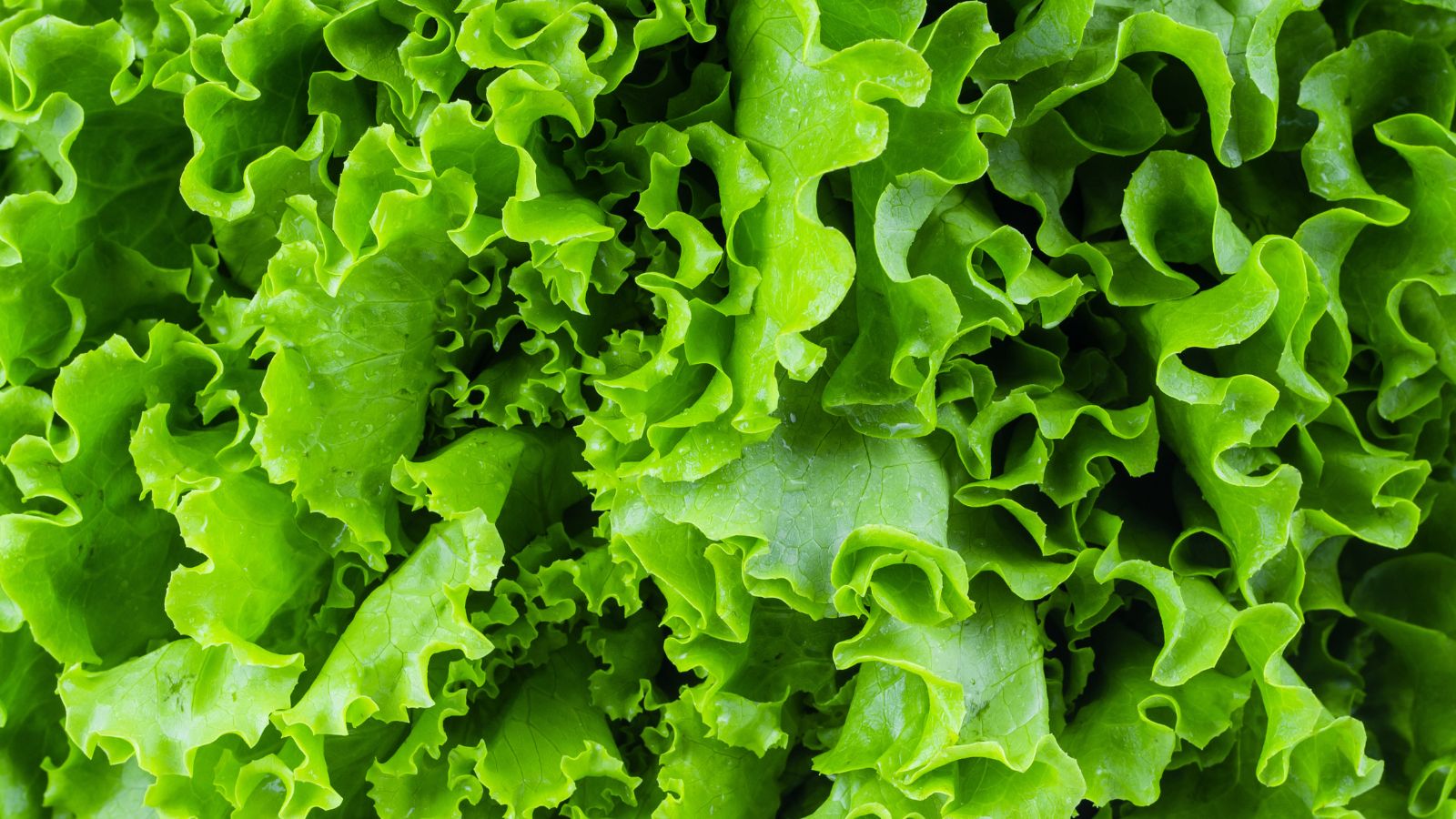
Last on our list of plants you should never grow together are lettuce and parsley, both of which have shallow roots. Sure, this means that they won’t necessarily inhibit each other’s growth, but it’s important to note that they sometimes prefer different growing conditions, so in general, it’s a safer bet to keep them apart.
